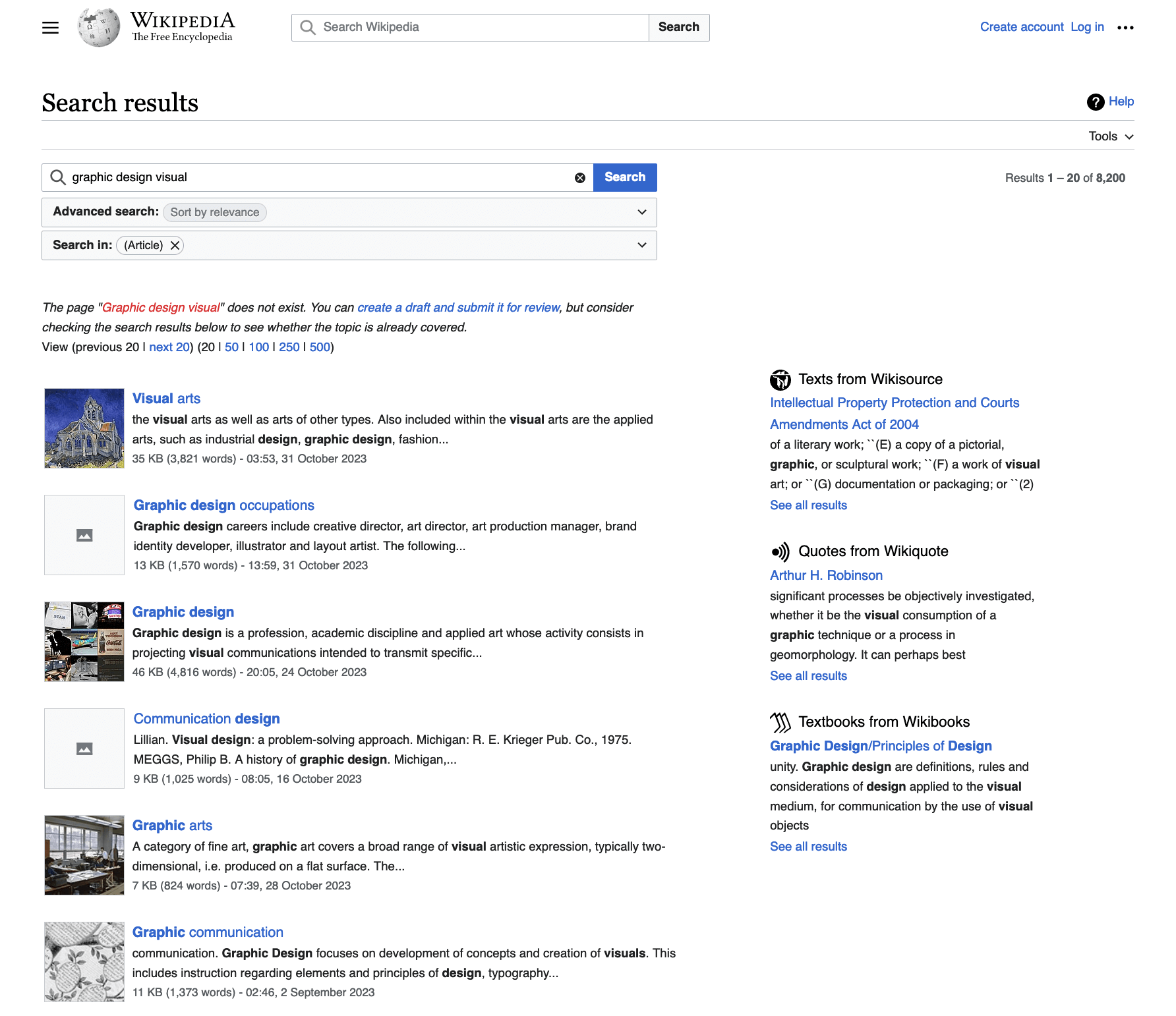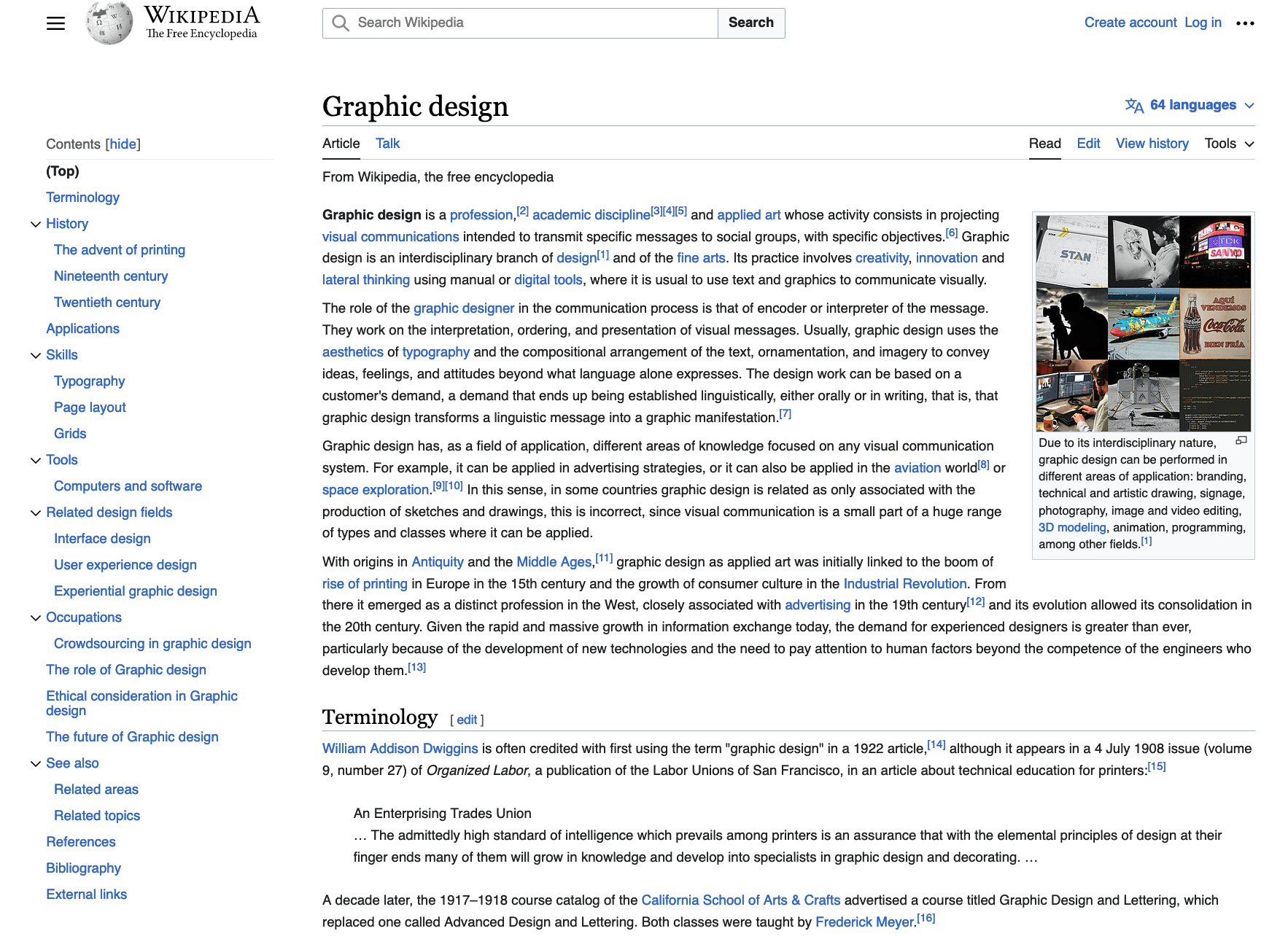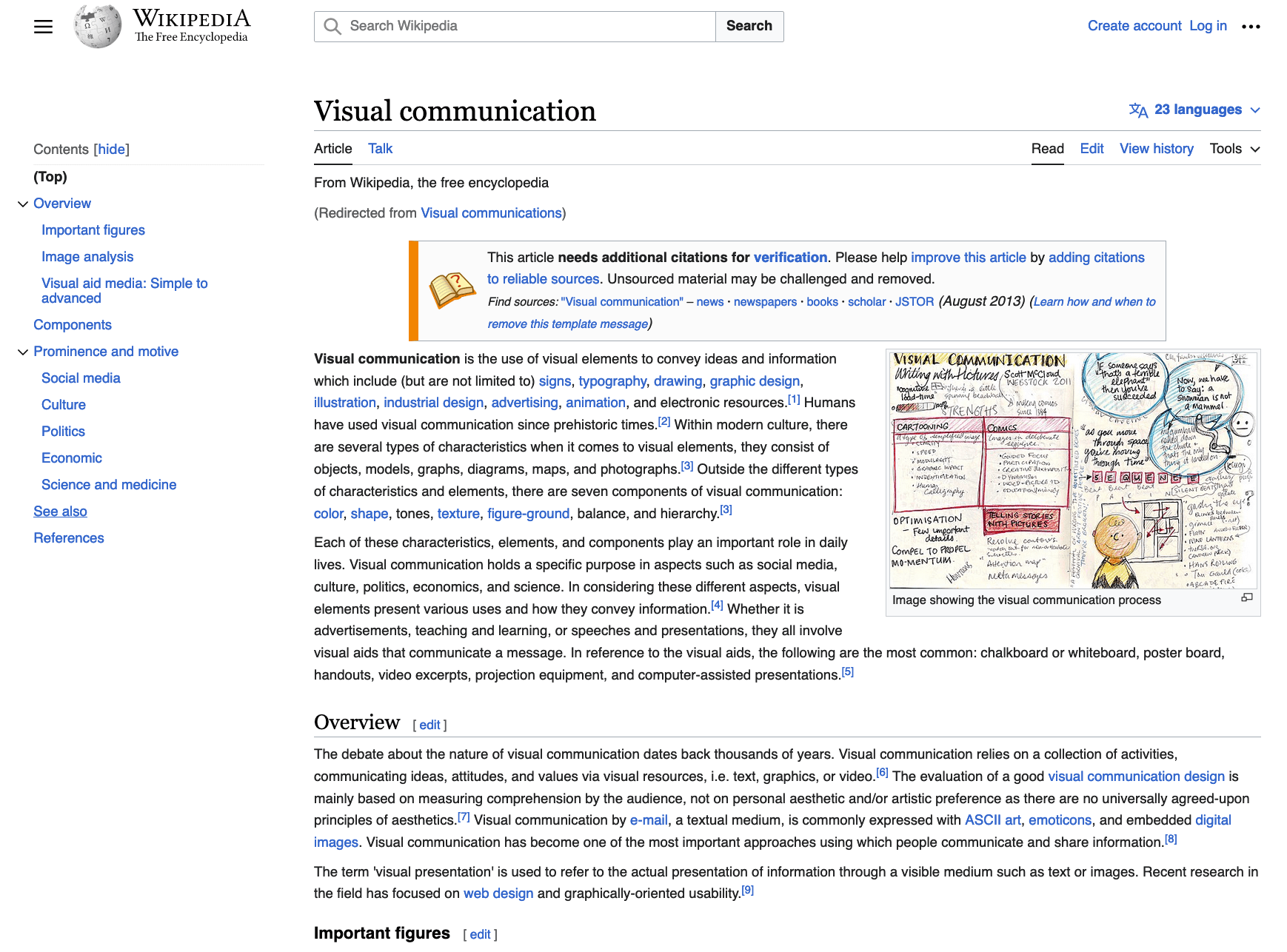How To Find Keywords With Wikipedia
Do you want to generate relevant keyword ideas to write articles on your blog?
Today I am giving you for FREE one of the lessons from my course “The Complete SEO Course”. As per the other lessons, it's a practical process you can follow. This particular one will help you generate many keywords.
In today’s issue:
- 1. Why Is Wikipedia Pertinent For Keyword Research?
- 2. Find Keywords With Wikipedia’s Table Of Content?
- 3. Find Keywords With Wikipedia’s Content
1. Why Is Wikipedia Pertinent For Keyword Research?
Wikipedia is an overlooked free and powerful keyword research tool. There are millions of articles curated and redacted by industry experts. They are also organized in portals, categories, and subcategories thanks to MediaWiki’s architecture.
Basically, an SEO paradise.
2. Find Keywords With Wikipedia’s Table Of Content?
First of all, access Wikipedia in your targeted language, such as Wikipedia English, Wikipedia Français…
Type a keyword in the search bar.
If the keyword is NOT an existing page, you will reach a SERP page.
E.g. “graphic design visual” 👇

If the keyword is an existing page, you will reach the article page.
E.g. “graphic design” 👇

Review the Contents section, which is the table of content on the left. It contains the subtopics developed in the article. Some subtopics will be great keywords, either alone or associated with your main keyword.
For example, from the “graphic design” article (screenshot above), you can already find the following terms that could be relevant keywords or parts of relevant keyphrases in regards to the “graphic design” theme:
- “printing”
- “skills”
- “typography”
- “page layout”
- “grids”
- “tools”
- “software”
- “user experience design”
- “role of graphic design"
- …
Now that you've generated keyword ideas, you can either brainstorm further and combine them with other words, or you can assess each keyword organic traffic and customer intent to check if they are relevant with your SEO goals.
3. Find Keywords With Wikipedia’s Content
In a Wikipedia article, review the written content. Pay particular attention to the hyperlinks, as these are terms important enough to be articles by themselves.
Pro-tip: Have a keyword list and add your keywords as well as key data (organic traffic…), and the titles from the articles on your blog related to these keywords.
Then, click on a hyperlink to access to a related content. Repeat your keyword research, from both the table of content and the content.
For example, from the “graphic design” article above, I clicked on the hyperlink “visual communications”, which is a keyword in itself, and reached the “Visual communication” article below.
It contains keywords such as:
- “visual elements”
- “signs”
- “drawing”
- “industrial design”
- “animations”
- “visual aids”
- “digital image”
- …
All of these terms are relevant keywords for a graphic designer. 👇

- Note that Julien is present twice on the 4th scroll, and so on and so forth, but these next scrolls matter less as potential customers will have plenty of graphic designers to look for in the previous pages.
As per the other keywords found and added to your keyword list, look for their data, such as organic traffic and intent, to decide if they are worth to write an article for.
Finally, don't overwhelm yourself, just pick the most relevant keyword found from your list, and write a blog article about it.
I hope this extract from my "Complete SEO Course" helped you find the right keywords for your business. If you want a guided process to implement SEO on your website for your solo business, small business, or startup, this course is for you. SEO is only the most powerful lead generation tool if you take action and implement it.
(Image attribution: CC BY-SA 3.0, https://en.wikipedia.org/w/index.php?curid=33285413)
4 Ways I Can Help You
- 1. Get leads with SEO -> The Complete SEO Course.
- 2. Prefer SEO done for you? Get your free SEO consultation.
- 4. Enjoy my newsletter, blog, freebies, and testimonials.
Latest Blog Articles
EXOGN
Contact Us
EXOGN - SEO Agency & Training
Nicolas Pizzo
24, rue de la Station
94170 Le Perreux-sur-Marne
France
COURSES
SEO
Off-Page SEO
Local SEO
Copyright 2024 EXOGN - SEO Agency & Training


